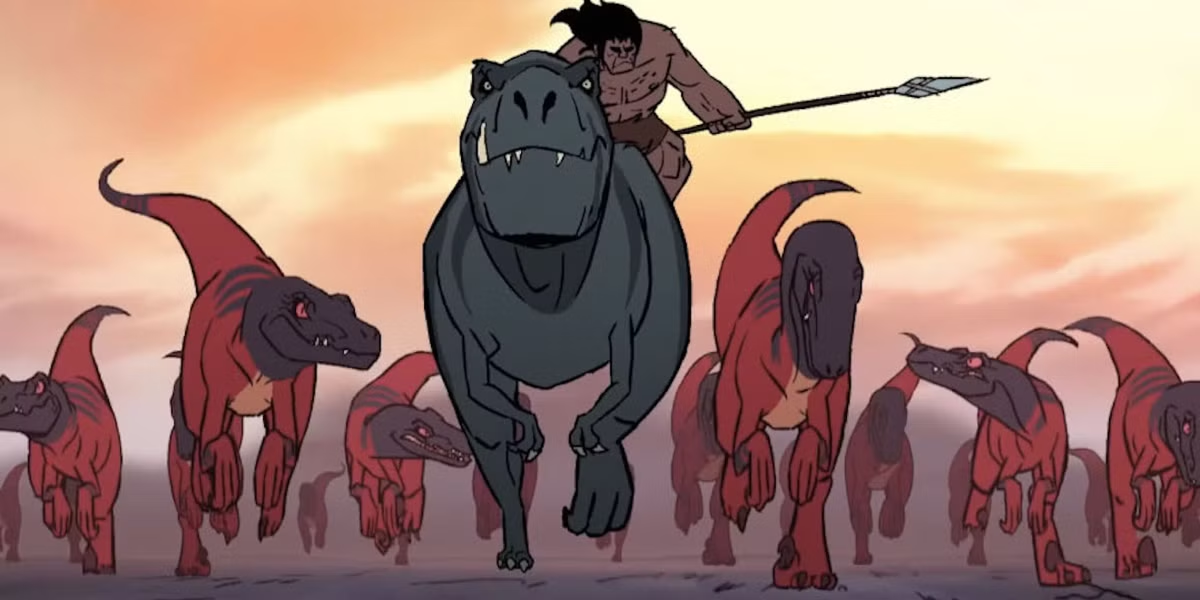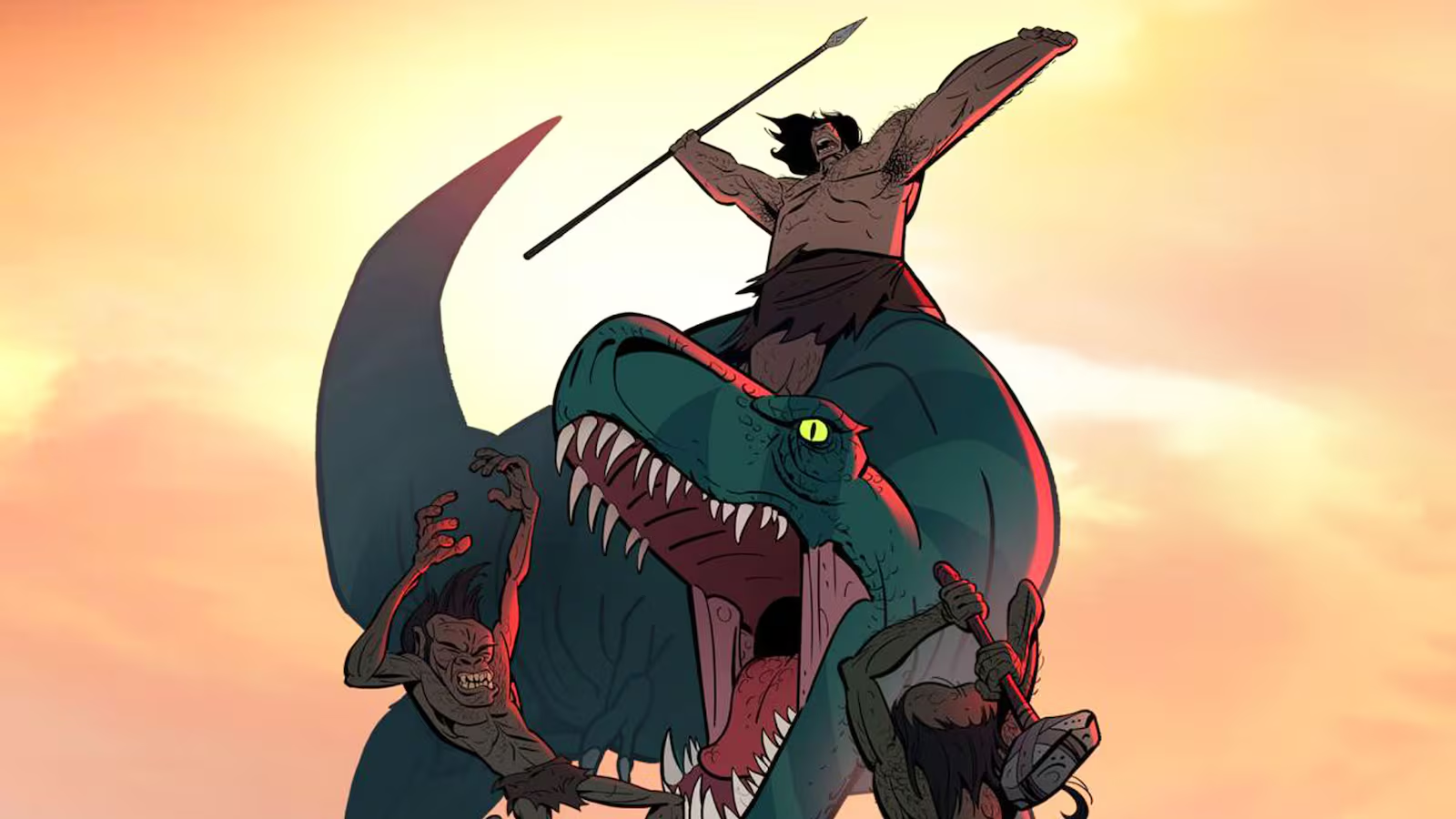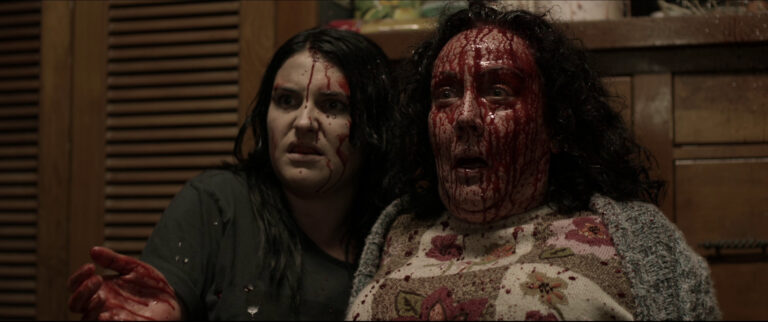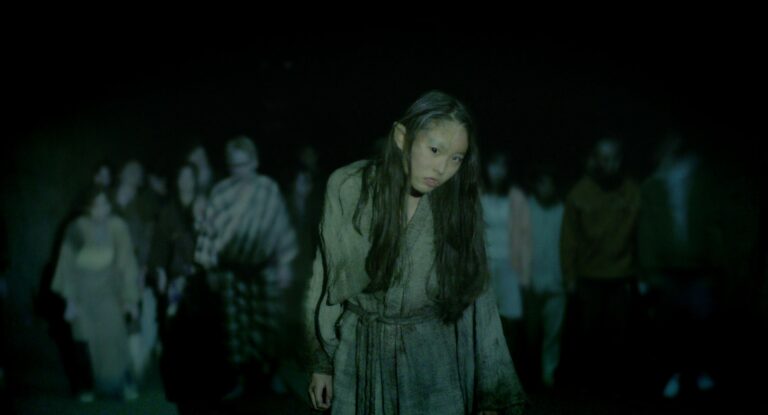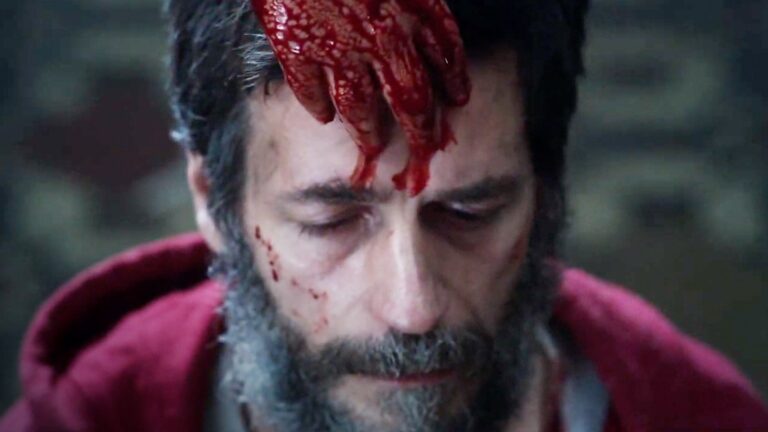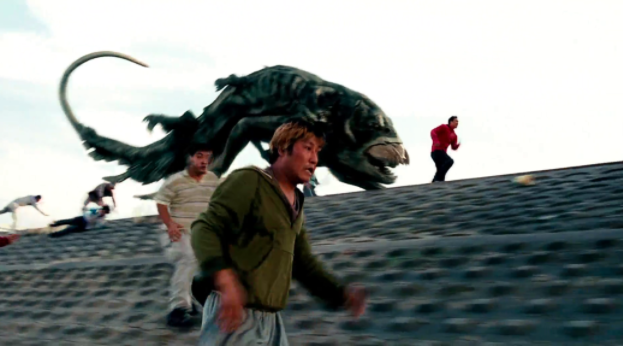Review of Primal: Tales of Savagery Season 1
Primal: Tales of Savagery, an adult animated series blending sci-fi, adventure, and action from Cartoon Network Studios and Williams Street, isn’t the horror show its label suggests. It’s raw, visceral, and violent—not creepy. Fans of true horror might struggle to connect, but action and adventure buffs will find it thrilling. Even those squeamish about gore can handle it if blood doesn’t faze them. Beyond the carnage, the series weaves profound lessons into each episode, with its core message shining through: a pet—in this case, Fang, a dinosaur—isn’t just an animal but a true partner, fighting and dying alongside you, not a mere tool like a warhorse.
Introduction
Set in a timeless prehistoric world (anachronistic by design), Primal follows Spear, a Neanderthal, and Fang, a Tyrannosaurus rex. Both had families before tragedy struck. Spear’s wife and children were slaughtered by a pack of red dinosaurs; he nearly took his own life but saw a vision of his family in the sunlight, urging him to live. Vowing revenge, he hunts alone until he crosses paths with Fang at a river. Initially planning to kill her, he hesitates upon seeing her two young offspring. When the same red dinosaurs attack, killing Fang’s young, the two team up, slaying the predators. From that moment, Spear and Fang become allies, fighting to survive a brutal, primal world.
Foreword
Primal spans multiple seasons, so I’ll review each separately to avoid lumping them together. Seasons vary in quality—some outshine others, and production can halt unexpectedly or pivot at the last minute, as when a “final” season gets extended. For clarity, I’ll focus on Season 1 here.
Primal Season 1
Episode 1: Spear and Fang
As introduced, Spear and Fang unite through shared loss. After their families are killed, they find solace in each other, forming a new bond. The episode teaches that losing loved ones doesn’t end your story. Others endure greater pain yet carry on—not to suffer, but to honor the fallen in their hearts.
Episode 2: River of Snakes
Spear and Fang begin their partnership, hunting and surviving together. As a human evolving and a dinosaur driven by instinct, they clash over basics like sharing food. Whoever claims the prey keeps it, sparking tension. Spear, haunted by his family’s death, nearly attacks Fang in a fit of grief but restrains himself. Their mistrust erupts into a fight until a flood of snakes forces them to cooperate or die. The lesson: early alliances are rocky, but survival demands setting aside differences before they break you.
Episode 3: A Cold Death
A herd of mammoths leaves behind an elderly straggler. Spear and Fang ambush it, but its mournful gaze before death stirs Spear’s memories of his family, awakening his compassion. In a harsh blizzard, with food scarce, he kills it for survival. The herd returns, enraged to find their elder dead and its tusk taken. As Spear grapples with guilt in a cave, the mammoths attack. Seeing Spear with the tusk, the lead mammoth reclaims it and leaves, later laying it at a burial ground in a ritual akin to human mourning. The episode subtly nods to modern poaching—elephants and rhinos hunted for tusks or horns—while showing animals share our capacity for grief and reverence.
Episode 4: Terror Under the Blood Moon
Fleeing small dinosaurs, Spear and Fang stumble into a field where they spot a proto-human (an evolving ape) injured while hunting. Spear, recognizing kinship, helps, only for a giant bat to attack. Captured, Spear is taken to a nest where Fang, unable to climb, plays dead to be carried up. There, Fang battles a massive spider holding Spear. Together, they kill it, angering a bat swarm. Escaping to tall grass, they’re saved when the bats clash with the pursuing dinosaurs. Fang’s risky rescue deepens their bond beyond pet and owner—into true comrades. A humorous touch: Fang’s clumsy attempt to climb the nest adds levity.
Episode 5: Rage of the Ape-Men
At a serene lake, Spear swims to prank Fang but finds her gone, dragged away. Tracking her, he’s knocked out and wakes bound alongside Fang in a pit. White-furred apes force captives to fight giant apes to the death. The victor drinks a black liquid, growing massive. Fang is pitted against one, but Spear breaks free, climbs to the ape leader’s platform, drinks the liquid, and slaughters the tribe. Fang lies lifeless, leaving Spear in despair. The episode hints at ancient rituals—sacrificial combat and proto-religion—showing even prehistoric societies wove belief into violence.
Episode 6: Scent of Prey
Fang, gravely injured from Episode 5, can’t move. Vultures circle the ape corpses, eyeing Fang’s flesh. Spear crafts a sled to drag her to safety, fending off hyenas trailing them. In a cave, he tends Fang day and night, battling armored beetles that attack. By morning, hyenas close in. Spear fights alone until Fang, defying her wounds, rises to help slay the pack. Their bond transcends partnership—it’s familial, a connection forged in relentless care and loyalty.
Episode 7: Plague of Madness
An Allosaurus, infected by a zombie-like virus, slaughters its kin. Spear and Fang witness the massacre and are chased to a cliff. The crazed dinosaur pursues, even as they hide in a cave. Fleeing to an erupting volcano, it breaks free, chasing them across molten ground until it falls into lava. Spear’s pity for the once-gentle creature reflects life’s fragility—kindness can twist into rage when pushed too far.
Episode 8: Coven of the Damned
In the dark, Spear and Fang stumble on elderly women—witches—ritually draining a man’s life to create a child. Captured, Fang is tamed by a witch, and Spear is bound for sacrifice. The witch, sensing their shared loss, frees them but dies in the act. Unlike prior episodes, this leans into fantasy—witches wielding teleportation and mind control—mirroring modern desires for motherhood without men, with men reduced to sacrificial vessels. It’s less intense but creatively distinct.
Episode 9: The Night Feeder
A mysterious predator hunts at night, terrifying Fang and haunting Spear. When it attacks, Spear accidentally sparks a fire, scaring it off. Using flames, he traps and kills it—a Therizinosaurus, a long-clawed dinosaur. The episode flirts with horror through stalking and suspense but falters by revealing the creature too briefly and vaguely, undermining the buildup. It’s thrilling early on but fizzles at the climax.
Episode 10: Slave of the Scorpion
Spear and Fang meet Mira, a more advanced human with her own language. She prays under a crescent moon, revealing through sand drawings that she fled enslavement by a horned tribe from another island. One night, white apes attack to recapture her. Spear and Fang fight them off, reaching the shore where Mira’s advanced kin arrive, killing the apes with bows and sailing away. Spear speaks for the first time, saying “Mira.” This episode sets up Season 2’s conflicts with evolved tribes but lacks tension, feeling more like a setup for Spear’s growth—finding love after loss—than a standalone thrill.
Weaknesses
No show is perfect, and Primal has flaws. Injuries to Spear and Fang appear severe but vanish seconds later, as if they drank a healing potion. In Episode 6, Fang’s crippled leg miraculously recovers mid-battle, defying logic. Close-ups show wounds, but distant shots erase them, leaving the animators’ intent unclear.
Episode 9’s Night Feeder builds suspense with first-person stalking but botches the reveal. The predator’s fleeting, blurry appearance frustrates rather than frightens, wasting a strong setup. A clearer or consistently vague approach would’ve landed better.
The horror label is a misstep. Primal thrives on violence, not scares, disappointing horror fans expecting chills. It’s action-adventure with gore, not true terror, and the marketing oversells what it delivers.
Overall
Primal: Tales of Savagery Season 1 is a stellar TV series, delivering unique lessons per episode. Its dialogue-free storytelling, like a silent film, makes it universally accessible. Each episode feels distinct—new locations, fresh themes—until Episode 10 reveals Spear’s world as an island amid advanced tribes enslaving others. While the “horror” tag misleads and inconsistent injuries jar, the show’s vivid action, deep bonds, and creative risks make it unmissable for fans of adventure, action, or sci-fi. It’s a wild, heartfelt ride you won’t regret.

